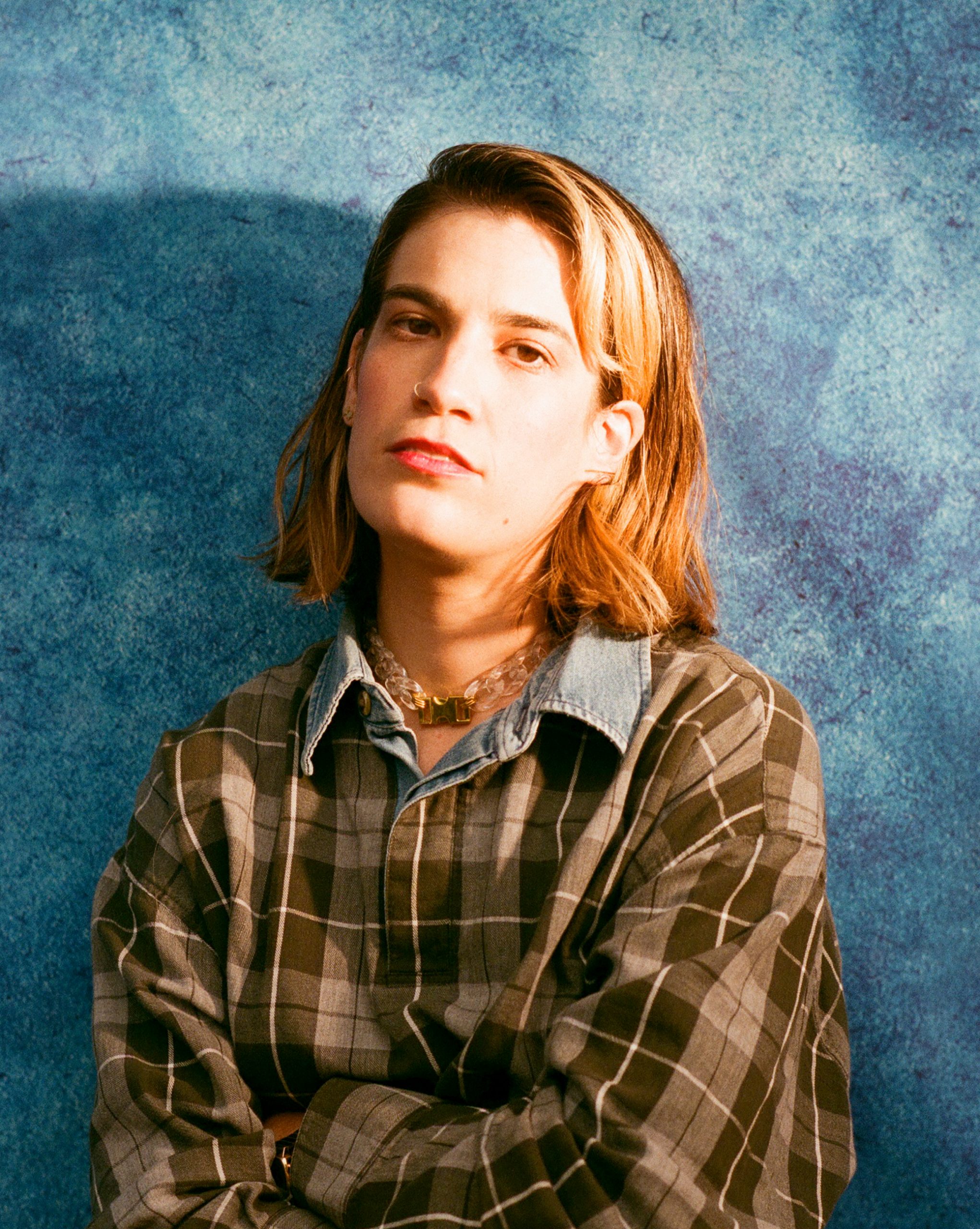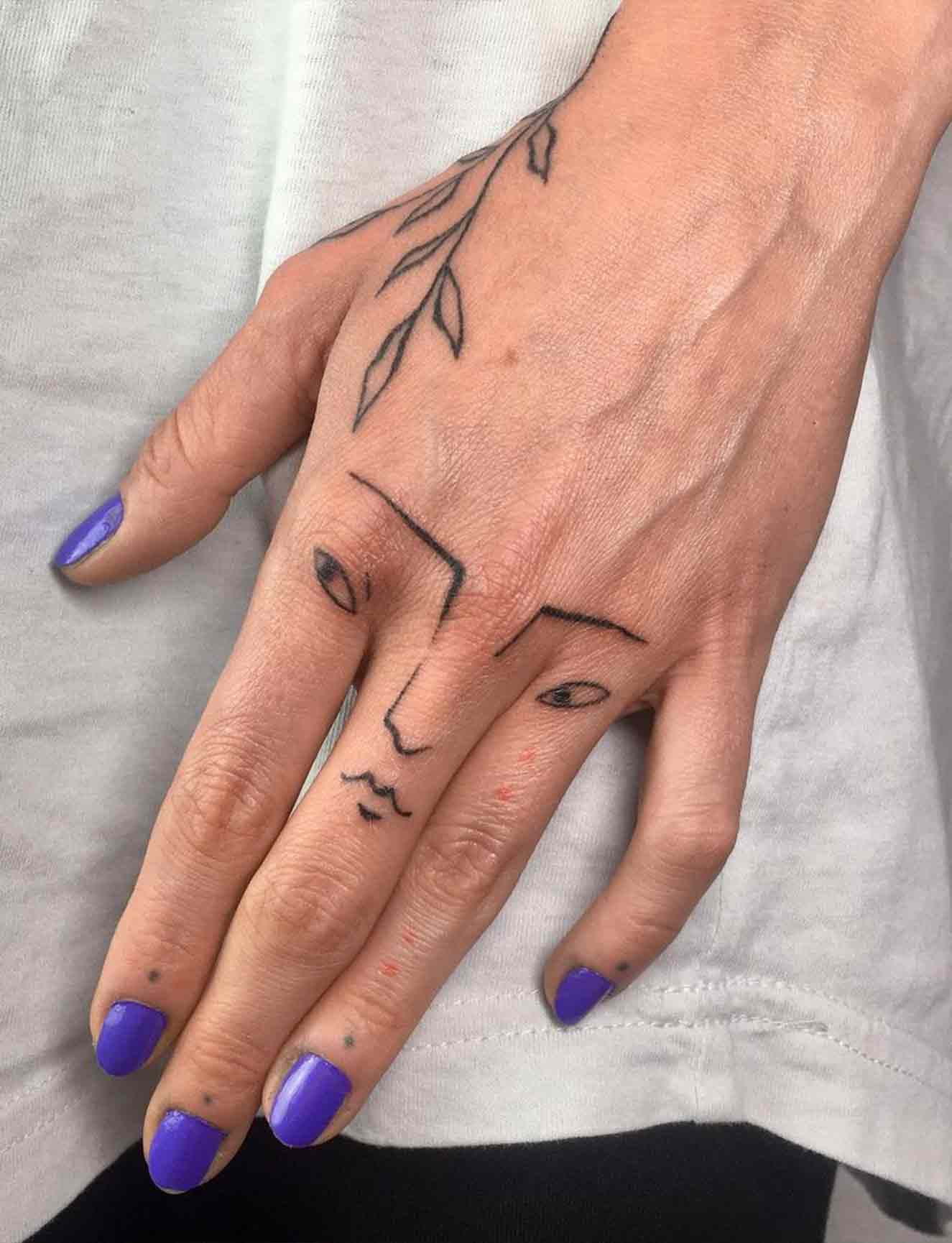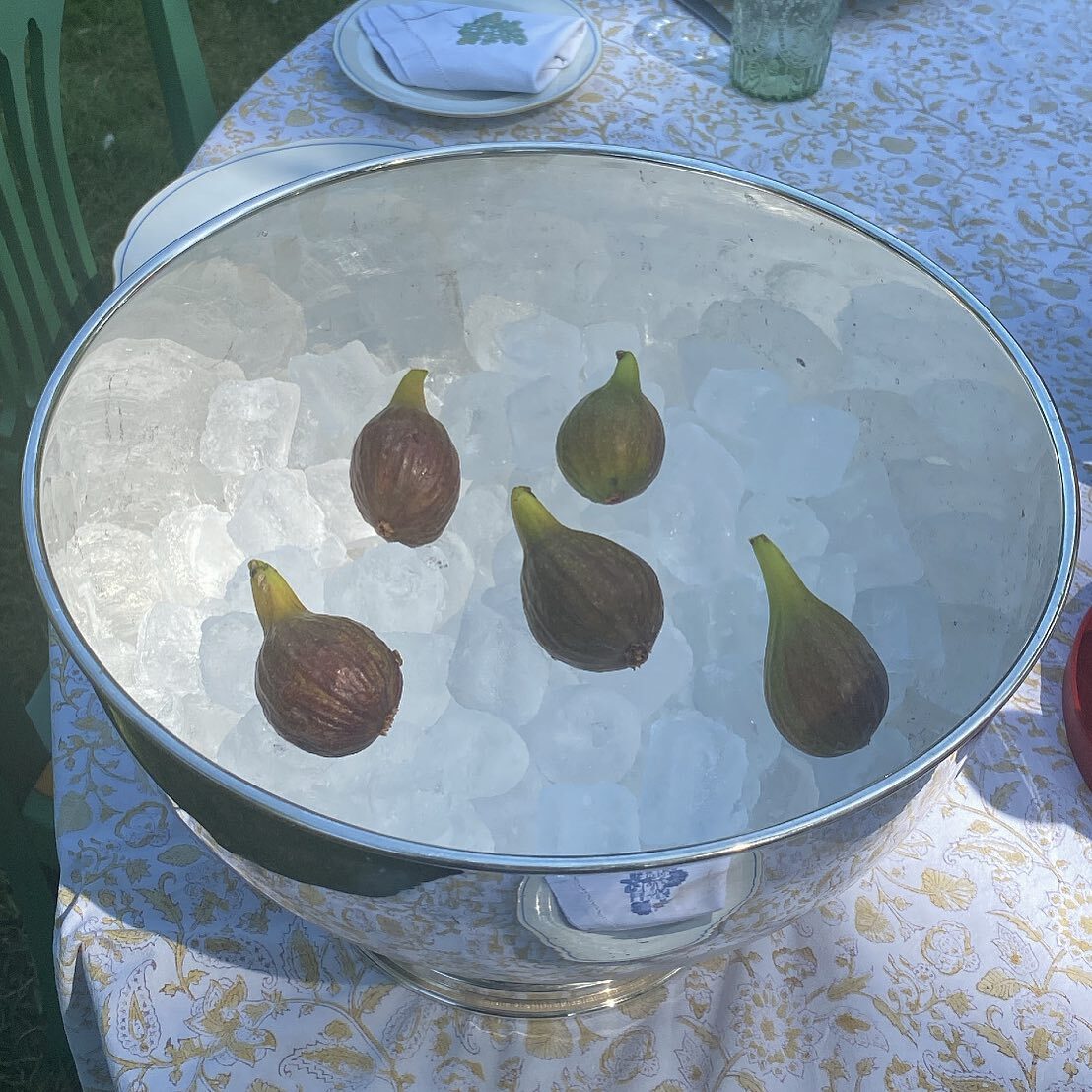Junior High officially launched in 2016. How has it grown and changed since its inception? What’s stayed the same?
Faye Orlove: We’ve grown in size and in number of staffers which is incredible. It really was just me for about three years. I was very tired [laughs]. We’ve grown in harder to see ways too. I’m much smarter and more adept at the grant world, and navigating finances, and partnerships, and interpersonal conflict. But when it comes down to it I really think we’ve stayed the same. The core values of the space, the ability to laugh through hard times, and the love of community and each other is ever-present. I’m proud of staying true to our values especially in the wake of a pandemic. It would have been easy to say bye, but we reopened even stronger and more committed to community, empathy, and mutual aid.
I’m proud of staying true to our values
Relatedly, why did you want to start Junior High? And have your motivations changed as it, and you, have grown?
FO: There were a million reasons, but the main one being I missed the sense of community I felt on the east coast. In Boston and the DMV (where I grew up) it’s so easy to meet new people and run into friends getting coffee, or at shows, or just walking around. But in Los Angeles, the nature of driving everywhere makes seeing people much more intentional. I wanted to create a space that felt warm and welcoming, like a friend’s house, but that would also allow you to meet new people and learn new things. That plus decades of microaggressions towards female/queer artists, a sexual assault at a venue I considered safe, and watching my little sister enter the world as I was going through my teen years made me long for a safe and gentle community space that prioritised safety for young women.
You started out with a physical gallery space, which was forced to close during the pandemic. Instead of ‘pivoting’ to being a strictly digital platform, you used this time to fundraise and focus on reopening. In an age of social and digital media, why are physical spaces important for artist communities and emerging artists?
FO: I felt the same way before the pandemic as I do now. Nothing makes sense of the world like laughing with friends can. No shade to digital relationships, and URL friends. I have a ton of those. But my preference, everytime, is the warmth of someone’s body, seeing your best friend smile, smooshing your feet against each other while you binge the Real Housewives. Intimacy in friendships has always been really important to me and I’ve always felt my absolute safest in the comfort of someone’s physical space.
Obviously it’s near impossible to spotlight just some of the artists you’ve worked with, but can you give us some examples of what Junior High artists have gone on to do?
FO: For sure! Off the top of my head: our friend Loveis Wise has gone on to create a Google Doodle, design an entire Warby Parker location, and champion themself through gender affirming surgery. Ashley Lukashevsky has gone on to create custom Vans and illustrate a best-selling children’s book, “Anti-Racist Baby.” Our friend Carly Palmour, who started her photography career shooting for our magazine, went on to photograph Brie Larson for Stylist Magazine. The list goes on! But ultimately, I hope these artists just feel supported and validated in their talents, strength, and vulnerability.
Junior High has managed to be a lot of things – art gallery, place for residencies, site of talks and discussions, book store, and more. Why do you think it’s valuable for art spaces to be multifaceted?
FO: I think it’s just as valuable for an art space (or any space) to focus on one thing! The idea being, focus on the stuff you care about! Junior High cares about a lot, I care about a lot.
I think of myself more as an activist than an artist
You managed to carve out a space in LA’s brilliant, but sometimes closed off, art scene, and give a platform to often marginalised female, queer, nonbinary, and artists of color. Do you think of yourself as an activist?
FO: Yes! I do. I genuinely think of myself more as an activist than an artist. I don’t know why they’re mutually exclusive. I’m not particularly eloquent or on the frontlines, but I think I use curation to make my values known. Curation as activism is a weird art form I’m trying to validate for myself. I feel like the work I do is important. Bringing people together, centering others, redistributing wealth. It’s what I am good at, and what I have to offer, so it’s what I do for my community.
For you, what’s the definition of community?
FO: Community for me is folks who share similar beliefs, and that doesn’t have to be all the same beliefs. God knows I disagree with my dad on MOST things, but he is my community. Because we share values for family and providing for others. My community is the Real Housewives forum on Reddit. My community is everyone crying at the Shania Twain concert. My community is the entire city of Los Angeles, because above all we agree that this is where we chose to live. Community shifts and changes and is malleable, and it shows a group with shared values.
Relatedly, what do you think made you so interested in community organising? Was there one pivotal incident, or more a gradual awareness?
FO: I have no idea, to be honest. I’ve always been a very empathetic person. When I was a kid my mom always said that I was super sensitive. I’ve just been in tune with how others feel for as long as I can remember. And when you feel for others, you kind of just want to make them feel good. So you fight for better treatment, fair values, just choices. You fight to make others happy because you can feel when they aren’t.
Community shifts and changes and is malleable
You’re very transparent about exactly what it takes to run Junior High, and where your funding goes. What led you to this ethos of transparency? And where will the funds raised by the collection go?
FO: The way Junior High operates is the way I wish other businesses would operate. And for a space that asks so much of its community — labour, donations, support — I think it’s only fair to be honest and open about where those assets are going. Funds raised by our Everpress collection will continue to help us pay rent ($4,600/month, soon to increase) so we can continue to host events and workshops and comedy nights and whatever else we fancy at accessible prices. We never turn anyone away due to lack of funds, and always offer a 50% discount to anyone who finds themselves on the lower end of a pay scale at juniorhighla.com/accessiblepricing.
What does success mean to you?
FO: I want to leave the world better than I found it.
As well as everything you do with Junior High, your work spans illustration, music videos and animation. How would you define your own practice?
FO: My friend Liz Pelly put it perfectly in the forward for my first book of illustrations, she said I look at pop culture through a radical lens. I have now stolen that and define my own practice by her exact words.
I want to leave the world better than I found it.
What gives you hope?
FO: Young people.
What’s next for you and Junior High?
FO: I’m having a baby this November! So I think the future of Junior High will be a bit up in the air, as I focus on being a mom. But all good things to come.
Read More: Who Gets To Be A Creative?






